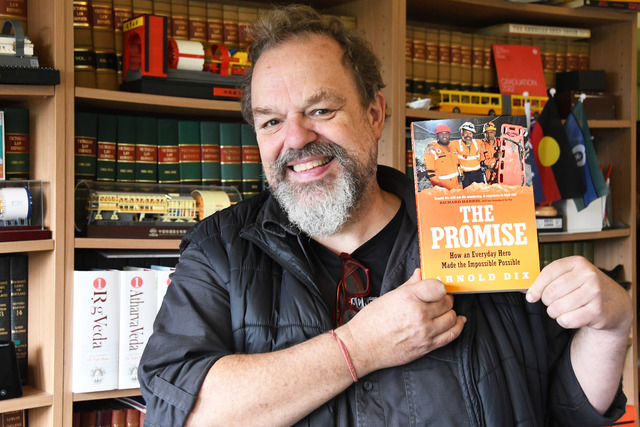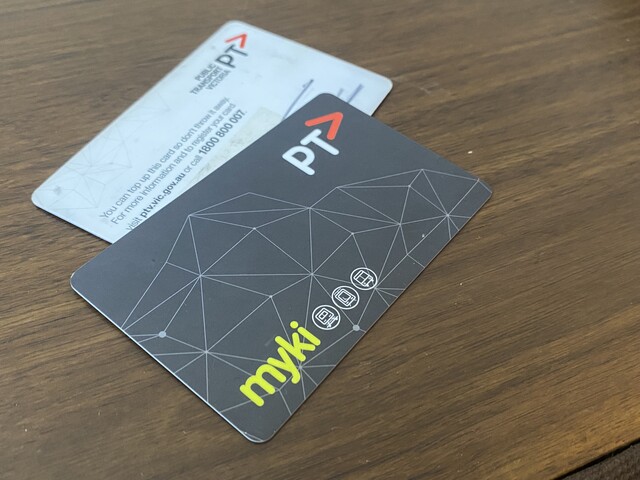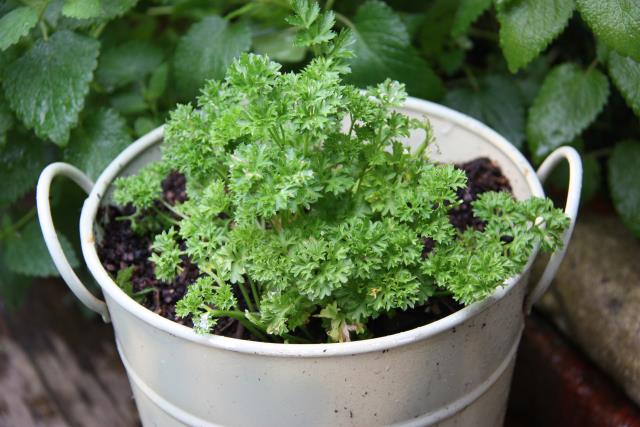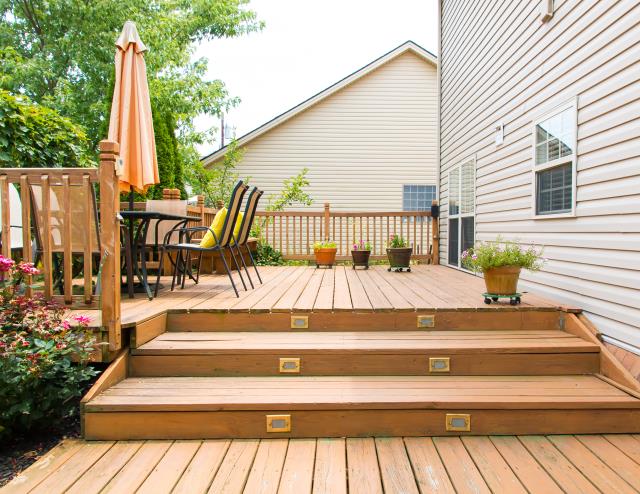“Fighting stroke together“ is the mission phrase of this year’s National Stroke Week at the Stroke Foundation, and one that stroke survivor Toni Arfaras knows well.
National Stroke Week, running from 7-13 August, aims to bring awareness to a disease affecting nearly half a million Australians.
A stroke is the result when blood supply to the brain is interrupted, wither through an artery being blocked, or bursting.
A stroke happens every 19 minutes in Australia and is 17 per cent more likely to affect regional Australians than metro.
The effects are lifelong and impact everything from a person’s independence, to cognition, emotional responses, muscle spasticity and communication.
Narre Warren stroke survivor Toni Arfaras didn’t know she had suffered a stroke until nearly a week after it happened.
In 2013, at the age of 46, Toni had “very non-descriptive symptoms“ when her stroke hit.
“I’d got up in the mornig to go to the toilet and wash my hands, and as I’ve gone to walk out I felt myself going to the side, falling to the side,“ she said.
“I don’t remember passing out or anything, but I had this sensation of looking down on myself.
“I just sort of thought, you know, I’m just not well, it’s school holidays and I’m a teacher.“
Toni brushed her symptoms off as being related to burn out, or lingering symptoms of a bout of gastro she had endured.
“Afterwards I was really tired so all I wanted to do was sleep,“ Toni said.
“And then I just felt like my head was too heavy for my neck.“
Later that week, Toni visited her osteopath, who performed routine tests upon hearing of Toni’s odd symptoms.
Toni’s responses were normal, but when she still wasn’t getting better days later she knew it was time to see a GP.
“They did the same tests that the osteo had done,“ Toni said.
“And I’d actually developed some weakness and loss of sensation in my face.“
Toni was sent for an MRI and the results came back with the life changing diagnosis of a stroke.
Rehab wasn’t an option for Toni, as she could still walk and talk.
But this doesn’t mean her stroke was mild, or less impactful than those who go through the rehab process.
“It was very much for me a case of finding my own way through different things,“ she said.
“A lot of people that have had a stroke have what we call hidden disabilities, so you can’t see the effect.
“I’ve been assessed as never able to work, I can’t drive, I can’t go anywhere by myself.“
Alongside the loss of her independence, Toni has also encountered issues with her maths and spelling, sensory overload, communication and decision making.
“When the sensory overload kicks in that’s when I start losing the ability to speak and the ability to understand what people are saying to me,“ she said.
“I also lose my left hand side, so I start struggling to walk and I can actually go blind in my left eye.“
The episodes aren’t constant, and Toni explained she can go for a “12 kilometre bush walk“ one day, perfectly fine, but then be knocked on her heels “if the wind blows the wrong way“.
Since her initial stroke, Toni has experienced three transient ischaemic attacks- warnings from her body that another stroke may be approaching.
“It could be within the next hour or the next five years,“ she said.
“It’s sort of a warning that something’s not right and so it’s a chance to try and change lifestyle things to prevent it from happening.“
Toni is now a Stroke Foundation Stroke Safe Volunteer, giving Stroke Safe talks at different schools, businesses and agencies to improve awareness and education around what a stroke is, what to do when someone has a stroke and how to minimise risk factors.
“You get educated, the people you are with get educated and it could save your life, save someone else’s life and help prevent disability,“ Toni said.
“Stroke is time critical, if you get to the hospital within the right time-frame to have treatment it really lowers your risk of disability.“
This is especially for non-descriptive symptoms, like Toni’s, that often miss the time critical period for treatment.
“Listen to your body, if it’s not working like it normally does, then seek advice,“ Toni said.
As well as eating healthily, exercising and reducing alcohol intake and smoking, Toni said there are other important things to keep in check to reduce your risk of stroke.
“Know your numbers,“ she said.
“What’s your blood pressure? What’s your cholesterol levels?
“The World Health Organisation says the incidence of stroke around the world could be reduced by 48 per cent if high blood pressure didn’t exist, so that is a real driving force of it.“
Artrial fibrillation, where the heart beats irregularly or fast, is also a “big indicator“ for stroke.
Toni emphasised that it is important not to wait to get on top of managing risk factors.
“Stroke doesn’t discriminate, it doesn’t matter what age you are,“ Toni said.
“I would have thought it was an old person’s disease, but there are 600 child strokes a year in Australia and babies can be born having had a stroke in-utero.
“It traverses the whole gamut of ages.“
For those who are in the life-after-stroke stage, Toni said utilising sources like the Stroke Foundation can make a world of difference.
“Recovery is ongoing, it doesn’t stop,“ Toni said.
“I always say to people to go to the Stroke Foundation website- there’s various resources on there to help.
“You can talk to professionals, or you can go on and ask questions and other stroke survivors or carers will answer those questions“
Connecting with someone who has had a stroke gives you a recovery role model to look up to as you progress on your recovery journey, according to Toni.
She also said it’s important for carers, friends and family to get support, because stroke has a “ripple effect“ of impact.
“It’s not just the survivor that’s affected,“ Toni said.
“It’s the family, the friends, the workplace, the community.“







